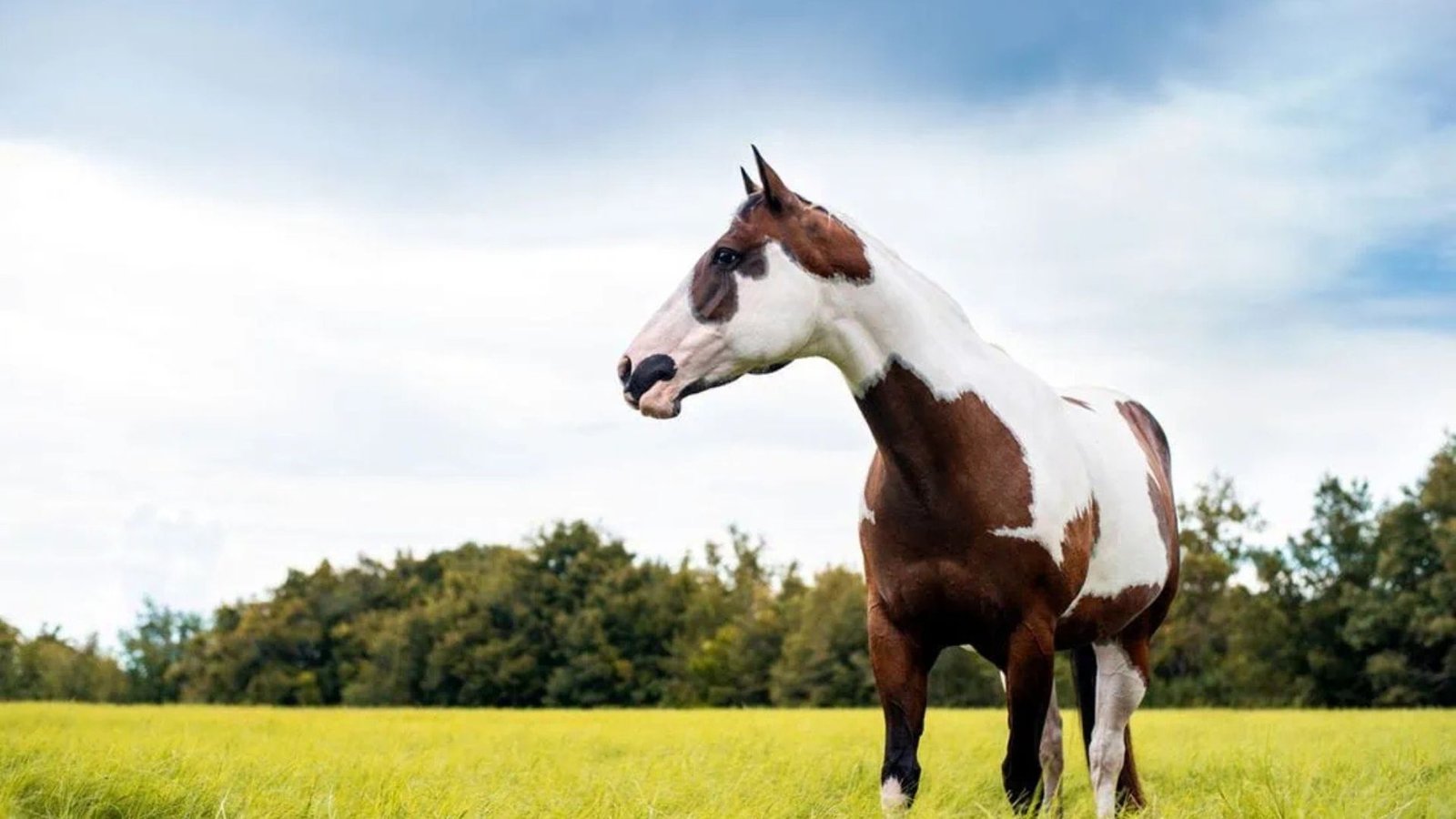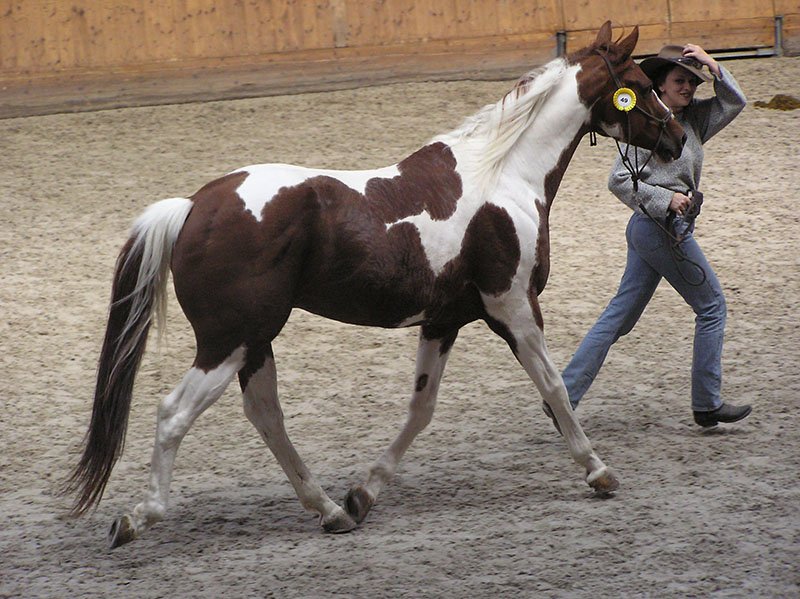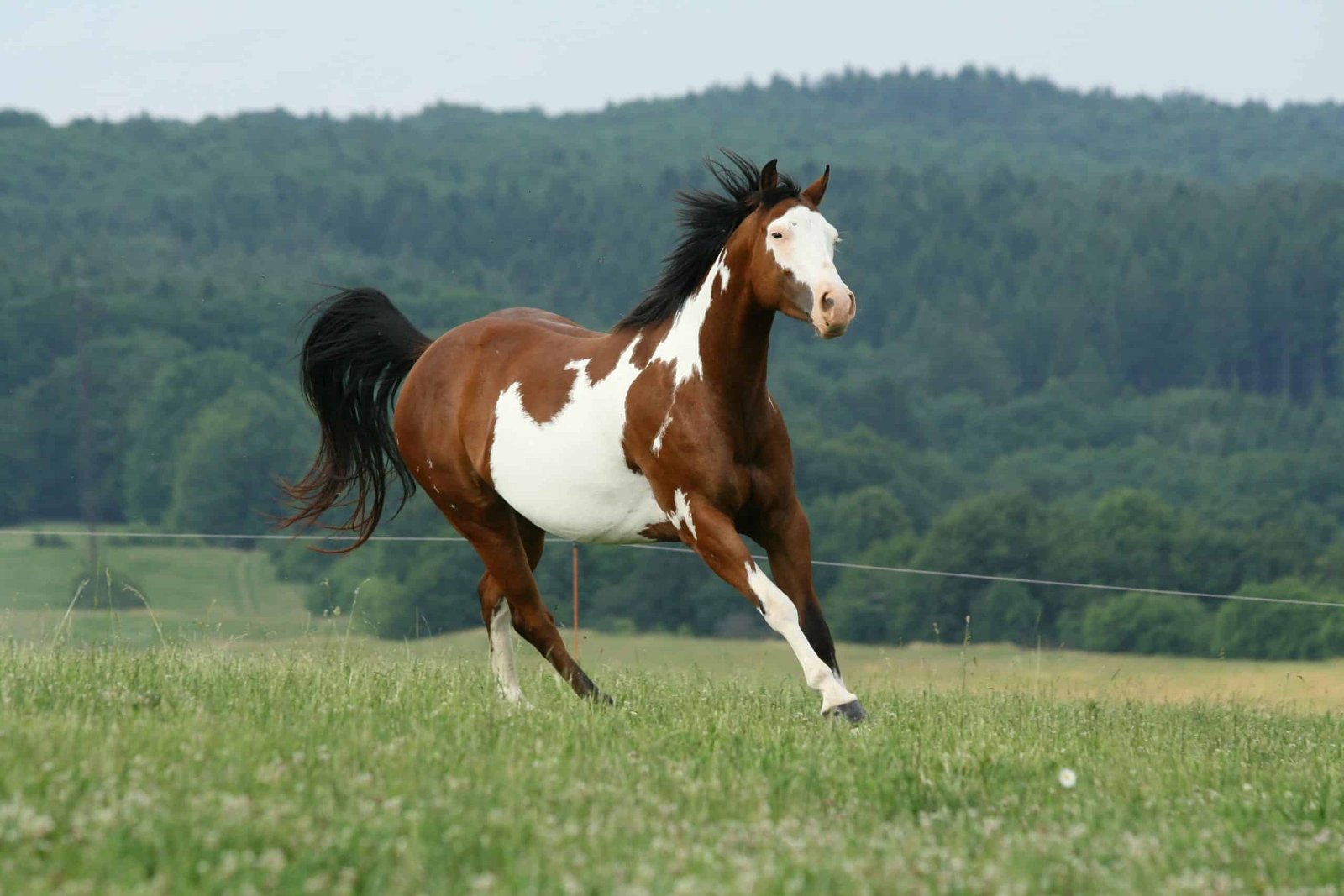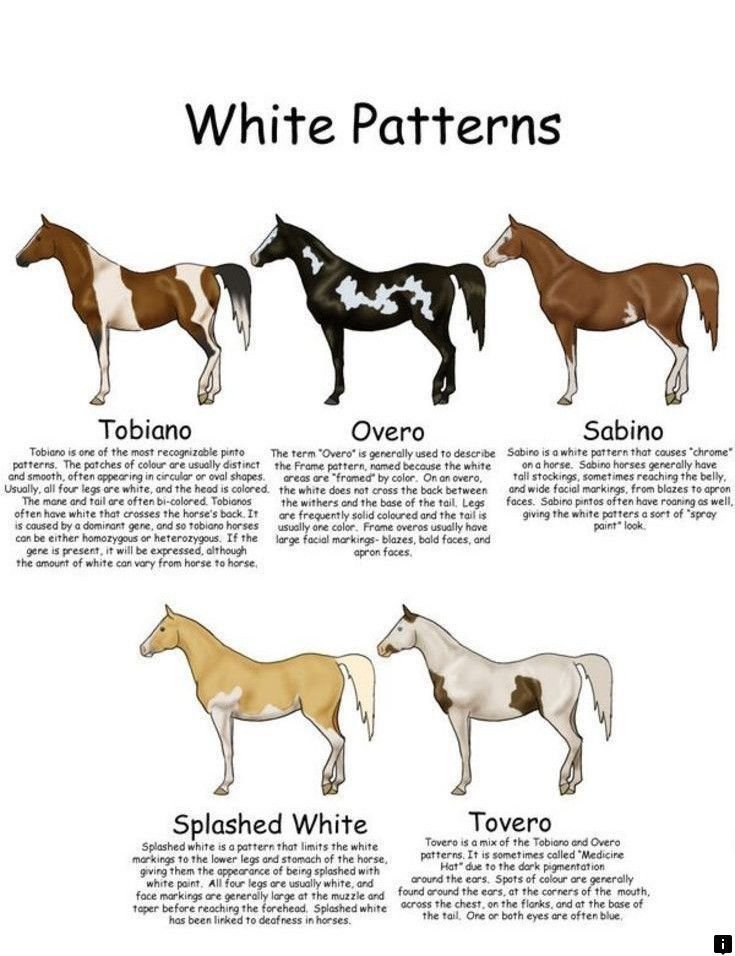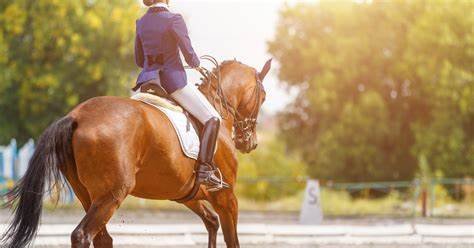Paint horses, known for their striking coat patterns and gentle temperaments, are a popular breed in various equestrian disciplines. They are versatile animals and often excel in activities like western riding, barrel racing, and trail riding. Like all horse breeds, paint horses are prone to specific health concerns that can affect their overall well-being, performance, and quality of life. By understanding these common health issues and how to prevent or manage them, owners can ensure their paint horses remain healthy and active.
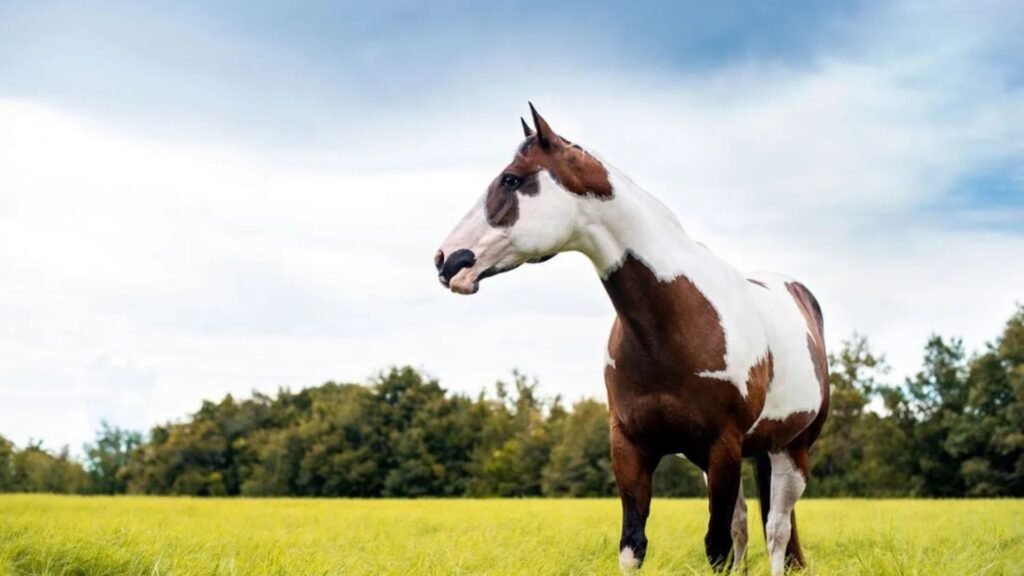
Laminitis (Founder)
Laminitis is a painful condition that affects the hooves of horses and can result in permanent damage if left untreated. It occurs when the laminae, the tissues connecting the hoof wall to the coffin bone, become inflamed. Laminitis is often triggered by overfeeding, especially with high-grain diets or lush pasture, but it can also be caused by other factors like obesity, excessive exercise, or certain diseases.
Prevention and Management: To prevent laminitis, ensure that your paint horse is on a balanced diet and avoid overfeeding grains or allowing access to rich pasture. Regular hoof care, including trimming and shoeing, can help prevent hooves from becoming compromised. If you suspect laminitis, contact a veterinarian immediately for treatment.
Colic
Colic refers to any abdominal pain in horses and can be caused by a variety of factors, including digestive upset, parasites, or stress. It is one of the most common health concerns among horses and can be life-threatening if not treated promptly.
Respiratory Issues
Respiratory issues, such as heaves (a chronic obstructive pulmonary disease) or respiratory infections, can affect paint horses, particularly those kept in environments with poor ventilation or exposure to dust and mold. These conditions cause difficulty breathing and can severely impact a horse’s overall health and performance.
Joint Problems and Arthritis
As paint horses are often used in various equestrian disciplines, joint problems and arthritis can develop over time, especially in older horses or those who have been overworked. Arthritis leads to inflammation in the joints, causing pain, stiffness, and reduced mobility.
Skin Conditions
Paint horses are susceptible to various skin conditions due to their unique coat patterns and color genes. Common skin issues include rain rot (bacterial skin infection), fungal infections, and melanomas, especially in horses with white markings. Paint horses are also at risk for sunburn, particularly those with light-colored skin around the eyes and muzzle.
Eye Problems
Due to their white markings and lighter coat colors, paint horses are more susceptible to eye problems such as cataracts, conjunctivitis (pink eye), or uveitis (inflammation of the eye). These conditions can cause discomfort, vision problems, and if left untreated, can lead to more serious complications.
Parasites
Parasites, including internal worms (such as roundworms, tapeworms, and bots) and external parasites like flies, ticks, and lice, can affect paint horses’ health. These parasites can cause a variety of issues, from weight loss to skin irritations or even colic.
Conclusion
Paint horses, like all breeds, are susceptible to a range of health concerns, but with proper care, many of these issues can be prevented or managed effectively. By providing a balanced diet, ensuring regular exercise, monitoring for signs of illness, and maintaining routine veterinary check-ups, you can help ensure that your paint horse stays healthy, happy, and performs at its best. Regular attention to hoof care, dental health, and parasite prevention are particularly important for maintaining the overall well-being of your horse. With the right preventative measures and timely interventions, you can help your paint horse live a long, healthy life.







